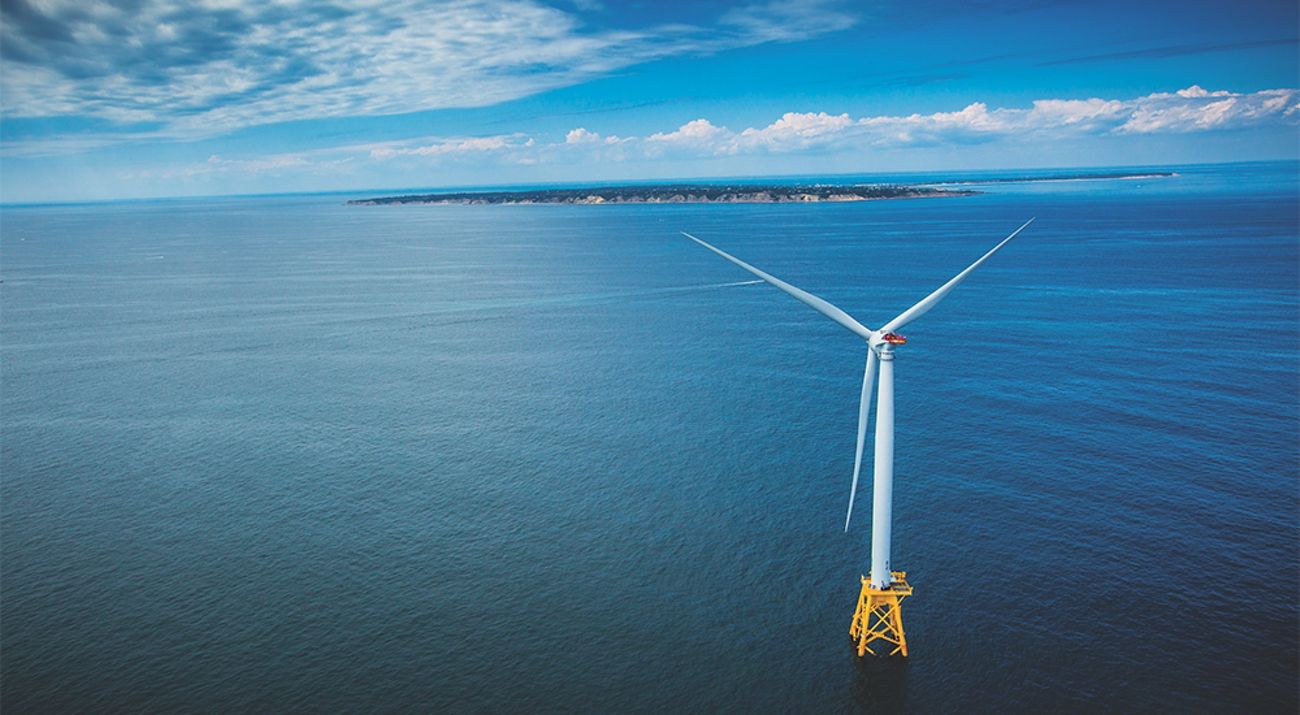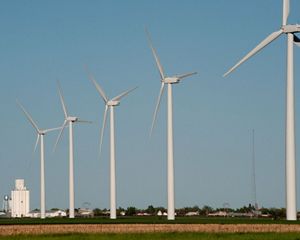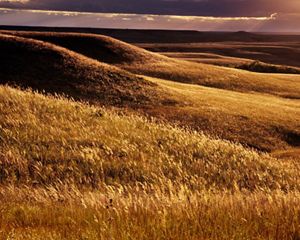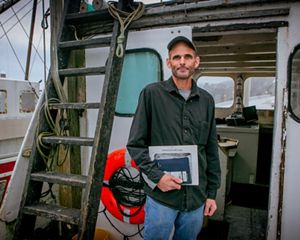A Marine Mapping Tool to Inform Better Decisions
TNC scientists are mapping offshore waters in the Atlantic to ensure the best data about species are used to make decisions about the ocean.
Understanding the ocean can be daunting, especially when the data collected thus far is limited and not always easy to access or use. But that data is critical to making regional planning decisions in marine environments. The ocean is always changing, and varies from place to place, important considerations when exploring how marine resources are used. To help maintain a healthy ocean ecosystem, TNC scientists recently developed a Marine Mapping tool that clearly shows which species are abundant in a given area and what the trends are over time.
One important use for the tool will be bringing marine protection into the offshore wind energy conversation. It has the potential to help decision makers in this burgeoning industry understand the resource considerations in an area of interest. In March, the Biden Administration announced a national goal of installing 30 gigawatts of offshore wind capacity by 2030—which means building about 2,500 new turbines. Where those turbines go will be a critical factor.
We sat down with Massachusetts Marine Director Chris McGuire and Spatial Ecologist Dr. Marta Ribera, two of the scientists behind the Marine Mapping Tool, to learn more.


Where did the idea for TNC’s Marine Mapping tool come from?
Marta: At TNC, we have advocated for many years to ensure that the best science and data are used to make decisions about the ocean. But sometimes making sense of all the information available can be overwhelming—that’s where tools like this one, and spatial ecologists like my colleagues and me, help provide the big picture view.
Chris: One of those decision-making points is the siting of offshore wind turbines. Globally, we need to reduce carbon emissions as rapidly as possible while also continuing to protect ecosystems. Offshore wind is an important part of the transition to renewable energy, and most would agree that it should be sited and built in ways that reduce impacts as much as possible.

Quote: Chris McGuire
Offshore wind is an important part of the transition to renewable energy, and most would agree that it should be sited and built in ways that reduce impacts as much as possible.
What does the tool show users?
Marta: With the tool, users can choose a specific area of interest in offshore waters—so far it shows data from Maine to North Carolina—and the tool will show how habitats and species at that site compare to the full region. Decision makers in the wind development process can use that information to determine how the location for a proposed project is important ecologically. These projects are typically being sited 12 to 14 miles offshore, at depths of less than 150 feet.
What’s unique about it?
Chris: The tool lets you quickly sift through thousands of natural resource data layers. It helps focus the attention of users on the most relevant species in a specific location, and they can then explore those data in more detail. Quickly finding the data most relevant is especially helpful since the turnaround time for comments on an offshore wind proposal is relatively short.
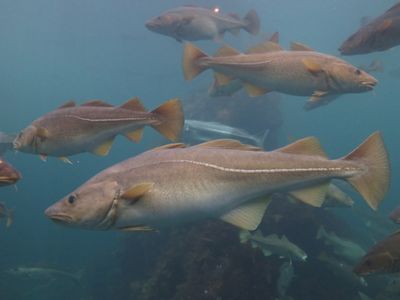
How do you envision the tool being used?
Chris: 87 million people—nearly 30 percent of the U.S. population—live in coastal counties and make up a big demand for power. Offshore wind can be an effective renewable option to meet that demand. There are a number of offshore wind projects planned for the waters off Massachusetts and Rhode Island over the next five years. As renewable energy development speeds up, tools like this can help provide context on natural resource interactions, and guide measures to avoid and minimize them.
Marta: We all want to maintain a healthy ocean, and this tool is especially important in informing conversations that support the ecosystem and the resources it provides. The more people who use this information to understand the vast marine world when making decisions, the better.
